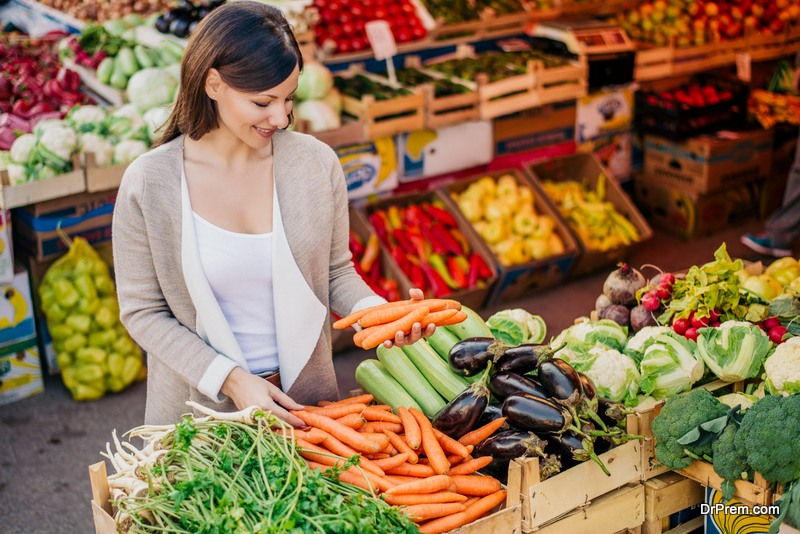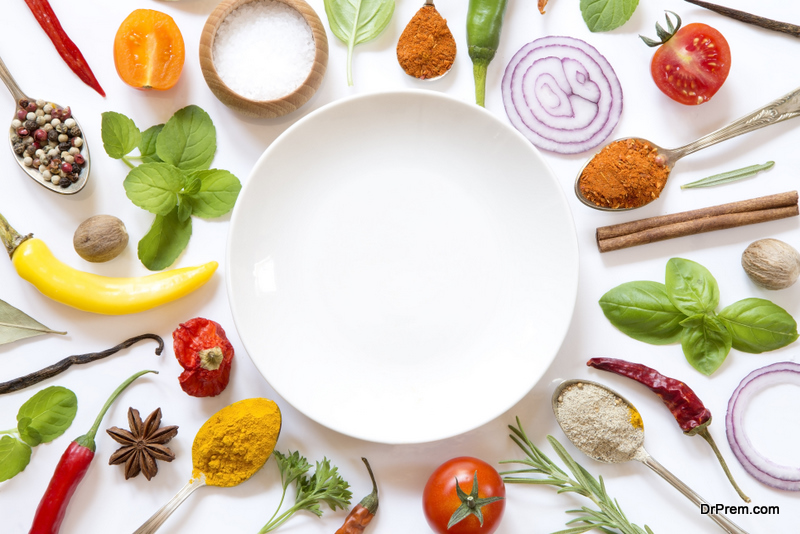Whether you’re thinking of opening a restaurant or you’re operating a food distribution business, you need to be thinking about the sustainability of your food ingredients. With sustainable food production, you’ll be able to maintain operations for years, if not decades to come – and you’ll keep your customers happy in the meantime.
But what exactly makes a food ingredient sustainable in the first place? And why has it become such an important consideration for business owners in the food industry?
The Benefits of Prioritizing Sustainable Food Ingredients
Let’s start by looking at some of the most important benefits of prioritizing sustainable food ingredients:
1. Local economic benefits
 Sustainable ingredients often come from the local economy. You’ll be growing your own food, shopping at farmer’s markets, and buying from local vendors. Spending money in the local economy, rather than buying online or shipping from across the country, can have a massively positive effect in your area.
Sustainable ingredients often come from the local economy. You’ll be growing your own food, shopping at farmer’s markets, and buying from local vendors. Spending money in the local economy, rather than buying online or shipping from across the country, can have a massively positive effect in your area.
2. Consumer appeal
Today, nearly 70 percent of consumers in the United States and Canada prefer brands that are environmentally friendly. Making your business sustainable or prioritizing sustainable food ingredients can lead to higher consumer appeal – which can be a competitive advantage that leads to more sales and revenue.
3. Brand reputation
 Practicing sustainability is also good for your brand reputation. You’ll proactively avoid being embroiled in scandals and over time, and your customers will come to hold greater trust in you.
Practicing sustainability is also good for your brand reputation. You’ll proactively avoid being embroiled in scandals and over time, and your customers will come to hold greater trust in you.
4. Long-term relationships and utility
Similarly, sustainability is all about being able to sustain business practices indefinitely. When you treat the environment, your employees, and your business partners with respect and/or reverence, you’ll set yourself up for a business landscape that can be enjoyed well into the future.
The Goals of Sustainable Food
Sustainable food ingredients and products generally have the same goals.
These are:
1. Reduce consumption of non-renewable resources
 Some resources are perfectly renewable. For example, there’s no shortage of solar power; for as long as the sun keeps burning, we’ll keep having abundant access to the sun’s rays. But other resources are non-renewable, such as fossil fuels. One important goal is to reduce consumption of non-renewable resources by consuming less energy and producing energy in new, renewable ways.
Some resources are perfectly renewable. For example, there’s no shortage of solar power; for as long as the sun keeps burning, we’ll keep having abundant access to the sun’s rays. But other resources are non-renewable, such as fossil fuels. One important goal is to reduce consumption of non-renewable resources by consuming less energy and producing energy in new, renewable ways.
2. Protect ecologies
Sustainability also aims to protect ecological systems. It’s important to preserve the natural diversity of plant and animal life. It’s also important to avoid damaging elements of nature that could prevent flora and fauna from flourishing in the future. Oftentimes, this means being careful about where, how, and when you grow crops, limiting the use of pesticides, and avoiding direct forms of destruction.
3. Contribute to local economies
 Some sustainability practices also prioritize contributions to local economies. Finding local partners and spending money with local businesses will keep those local businesses running, which in turn will sustain jobs, support a local population, and allow the city to thrive.
Some sustainability practices also prioritize contributions to local economies. Finding local partners and spending money with local businesses will keep those local businesses running, which in turn will sustain jobs, support a local population, and allow the city to thrive.
4. Provide social benefits
It’s also worth considering social sustainability, including how your business treats its employees and functions within the social sphere. Paying fair wages, supporting reasonable working conditions, and giving back to the community with volunteer work and donations can all help here.
Hallmarks of Sustainable Ingredients
With these goals in mind, there are several hallmarks of sustainable ingredients that can help you determine if a specific item is sustainable:
1. Locality
 Food ingredients become instantly more sustainable if you procure them locally. You can grow food ingredients yourself or work with a local supplier to minimize transportation costs and support your home environment.
Food ingredients become instantly more sustainable if you procure them locally. You can grow food ingredients yourself or work with a local supplier to minimize transportation costs and support your home environment.
2. Ethical harvesting
It’s also important to find out whether this food ingredient was harvested ethically. In other words, was it grown or produced in a way that minimizes invasiveness? Does it preserve natural environments as much as possible? How and when was it harvested?
3. Minimal pollution
 Along similar lines, food ingredient production needs to produce minimal pollution to be sustainable. Too many agricultural and food ingredient production practices rely on harsh pesticides and heavy machinery; the fewer pollutants emitted by the process, the better.
Along similar lines, food ingredient production needs to produce minimal pollution to be sustainable. Too many agricultural and food ingredient production practices rely on harsh pesticides and heavy machinery; the fewer pollutants emitted by the process, the better.
4. Transparent production and distribution
It’s important that all your food ingredient producers and distributors offer transparent production and distribution. You should have access to information that tells you how, when, and where this food was produced. If you ask questions about the process, you should get clear, straightforward answers.
5. Fair wages
 In terms of human sustainability, it’s also important that food ingredients were grown, harvested, produced, and/or distributed with fair labor practices, including safe working conditions and fair wages.
In terms of human sustainability, it’s also important that food ingredients were grown, harvested, produced, and/or distributed with fair labor practices, including safe working conditions and fair wages.
Sustainability is always somewhat subjective, since there’s no such thing as a crop or food ingredient that has no impact on its environment. However, with the right set of practices and the right sustainability partners, you can drastically increase your business’s sustainability – and improve your bottom line in the process.
Article Submitted By Community Writer




